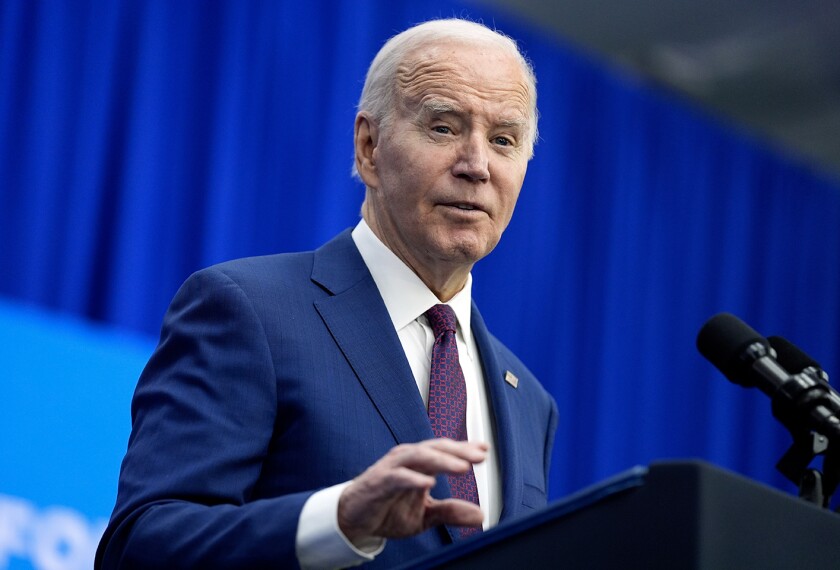As other states cut back on education spending in the darkening economy of 2008, Pennsylvania produced a budget that delivered the biggest increase in two decades.
The $28.3 billion state budget for fiscal 2009, signed into law July 4 by Gov. Edward G. Rendell, included a 3.3 percent hike overall in precollegiate education, to $9.7 billion. A key piece of that amount, the basic education subsidy, grew by 5.5 percent, to $5.3 billion.

|
|---|
| Democrat |
| Senate: 20 Democrats 29 Republicans |
| House: 104 Democrats 99 Republicans |
| Enrollment: 1.8 million |
In response to years of criticism that it funded schools unequally, the Keystone State designed a new aid formula and built it into the 2009 budget. For the first time, aid will determined by calculating an “adequacy target” for each district, starting with a base per-student cost ($8,355), and adding supplements for low-income students, English-language learners, the size of a district’s enrollment, and regional cost differences. That method aims to better peg spending to a district’s size and need, and to ease the property-tax pressure on lower-income districts.
The establishment of the new formula, paired with the record rise in education spending, were hailed in many corners of Pennsylvania as a huge accomplishment, especially in lean economic times.
But the legislature, which meets year-round, crimped a plan by the state board of education in 2008 to design and mandate 10 end-of-course examinations, six of which students would have been required to pass to graduate from high school.
Driven largely by concerns about the potential loss of districts’ local decision-making power, the legislature put a one-year moratorium on the plan. The state will design the tests, and districts can choose to use them.
The legislature also changed the school code to require that Pennsylvania schools put anti-bullying policies in place, and it established a commission to study the feasibility of having a statewide cyber high school.





